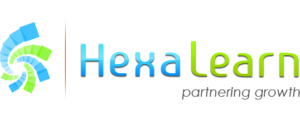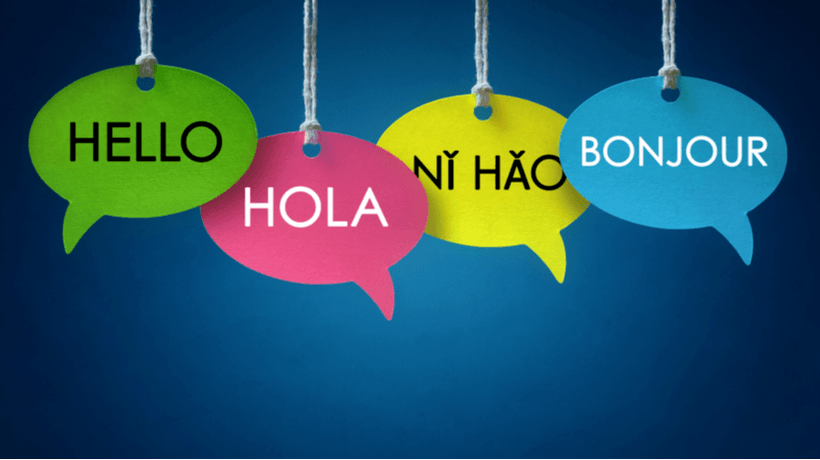SCORM Files Per Language
It sounds easy: translate text, swap media, export new SCORM and upload to the LMS. But for learning developers, this strategy can insidiously double workload, balloon expenses, and add complexity to maintenance when developing multilingual eLearning courses. Let us find out how this affects the eLearning development process and how Instructional Designers and developers can build more scalable multilingual solutions.
1. Development Overhead: Time, Tools, And Version Control
Translation And Localization Bottlenecks
- Each course update—be it a new test, image, or compliance modification—means rebuilding every language translation. Developers need to repackage, re-test, and re-upload each file manually, slowing iteration cycles down.
- Localization teams must handle language-specific assets (audio, video, subtitles, text on-screen), all of which require developer intervention for every SCORM output.
Authoring And SCORM Maintenance
- Developers often spend hours reconfiguring manifests, adjusting LMS tracking, and verifying interactions for each version.
- Each language becomes its own "mini-project," increasing QA and LMS testing cycles for developers and reviewers alike.
Storage And Deployment Challenges
- Maintaining multiple SCORM versions consumes extra repository space and LMS bandwidth. Developers must also maintain consistent file structures across all variants to avoid confusion.
2. Indirect Development Costs: Complexity And Risk
Version Drift Across Languages
- When developers manage multiple SCORM outputs, updates may not roll out uniformly. Learners in different regions might access outdated versions—an issue that reflects poorly on both L&D and compliance teams.
Higher Support Load
- Bugs unique to one language version often require developer-level debugging.
- Mismatched SCORM settings can cause inconsistent LMS tracking or completion reporting—draining development and support resources.
Scalability Roadblocks
- For eLearning developers, every additional language means new authoring, QA, and packaging tasks. As multilingual demand grows, maintaining parity across versions becomes unsustainable.
3. Impact On Learning Experience
Delayed Rollouts
- Learners may wait weeks for updated versions in their language because developers are busy rebuilding multiple SCORMs.
Inconsistent Learning Quality
- Differences in navigation labels, captions, or UI layouts across versions can confuse learners and break design consistency.
- Without unified development workflows, accessibility elements (alt text, transcripts, captions) may vary in quality from one language to another.
Smarter Strategies For Developing Multilingual eLearning
Create One Course—Publish in Many Languages
New authoring software enable developers to build a single SCORM package with language choice controls. This strategy keeps the course logic centralized but saves the translations as modular resources—making it much simpler to get consistent results across languages.
Externalize Text And Media Assets
By maintaining text, captions, and UI labels in external resource files (e.g., XLIFF, JSON, XML) the SCORM can be revised by developers in terms of translations without recreating the whole SCORM. This method facilitates quicker updates and improved collaboration between localization teams and Instructional Designers.
Leverage LMS Localization Features
Many LMS platforms support multilingual UI elements, notifications, and even course titles. Developers can focus on content-level localization rather than duplicating entire packages.
Automate QA And Version Control
Integrating version control (e.g., Git, SVN) and automation tools helps eLearning developers track changes, rebuild multilingual courses efficiently, and prevent version drift. Automated testing scripts can check for broken links, missing captions, or inconsistent manifests across languages.
The Development ROI
Framing the issue from a development perspective helps stakeholders understand the business case:
- Reduced workload
For eLearning developers: fewer rebuilds and manual packaging tasks. - Faster updates
Across all languages when regulatory or content changes occur. - Consistent learner experience
Across locales, enhancing quality and engagement. - Lower long-term maintenance costs
Enabling teams to scale global learning programs smoothly.
Conclusion
For eLearning developers, having separate SCORM files by language can make a simple localization project into a maintenance headache. The true potential is in rethinking developing multilingual eLearning design—embracing modular, automation-centered design principles that simplify localization, guarantee version consistency, and preserve quality at scale.
Through the implementation of centralized content models, LMS localization capabilities, and automation platforms, development teams are able to bypass tedious SCORM packaging repetition to concentrate on what is most important: the design of compelling, accessible, and efficient learning experiences for worldwide audiences. This unified approach not only streamlines content delivery but also ensures consistent learner engagement and performance across all languages and regions.










